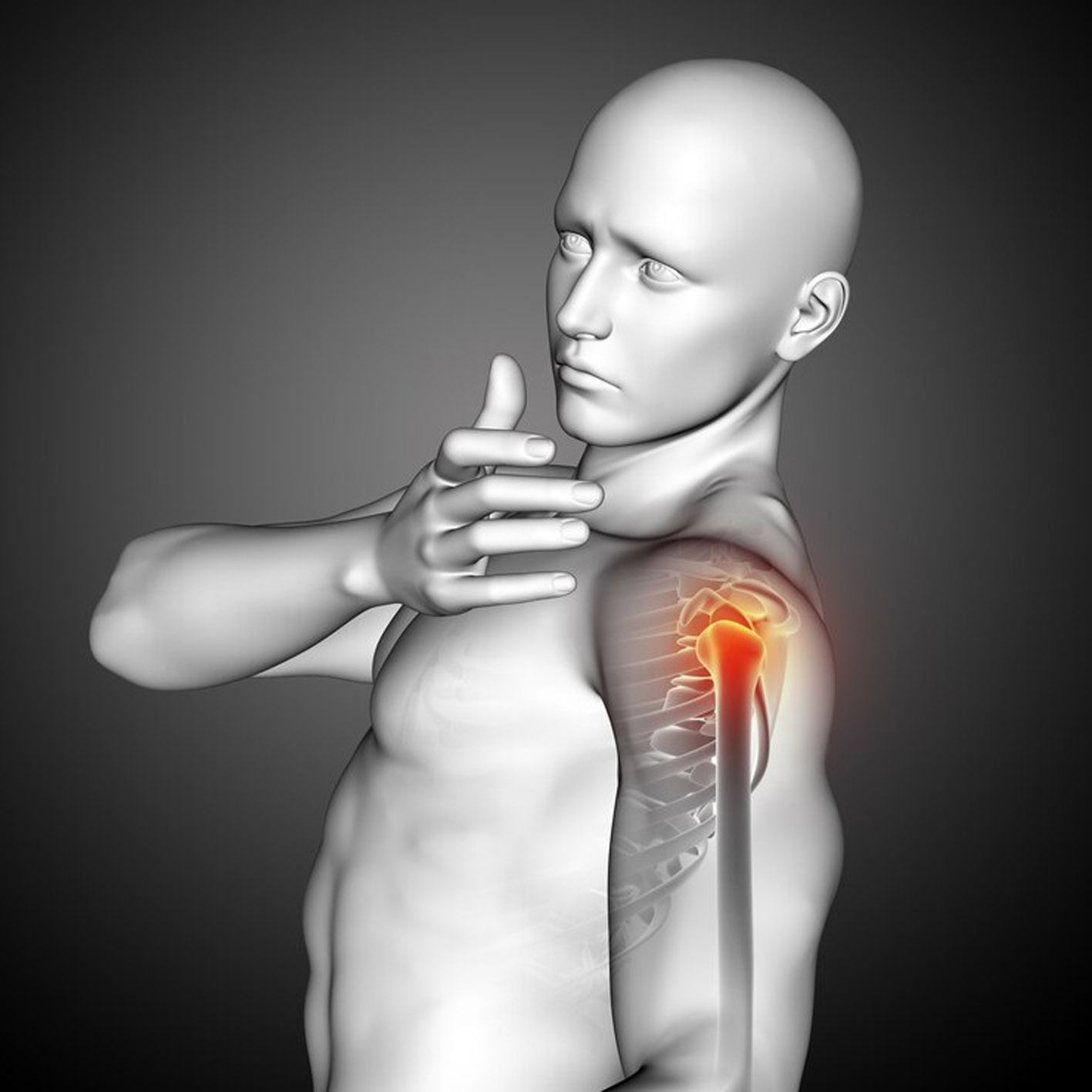
Anterior Cruciate Ligament (ACL)
- 05 June, 2023

The shoulder is the most flexible joint in the body that enables a wide range of movements. When a shoulder injury occurs, doctors often diagnose the problem based on a clinical examination.However, the use of X-rays or magnetic resonance imaging (MRI) is necessary in some cases.
Resulting from rheumatoid arthritis, this condition damages the bone joints, leading to chronic intermittent pain. It is aggravated by excessive and repetitive shoulder use.
It is a more common condition in elderly individuals and is often due to ligament degeneration.The pain is severe, especially when sleeping or changing the position of the arm., Weakness in the shoulder and the inability to use it normally are also common.


It is a condition resulting from overuse of the shoulder joint, leading to its deterioration. It is common in the elderly, athletes, and weightlifters, and it can cause severe pain, especially at night and in cold weather.
This condition is more commonly seen in individuals with diabetes, thyroid disorders, or heart diseases.
A condition in which the upper arm bone comes out of its socket in the shoulder joint. This can be caused by a fall, a direct blow to the shoulder, or a sudden jerking motion of the arm.
• Deformity : The shoulder may appear misshapen or out of place.
• Swelling or Bruising : There may be swelling or bruising around the shoulder.
• Severe Pain : The pain may be severe and may worsen with movement.
• Inability to Move the Arm : The arm may be completely immobile, or it may be difficult to move in certain directions.
This occurs in the case of a fall or exposure to a strong blow. In the case of a fractured clavicle, the patient is unable to raise his arm normally.
Due to the similarity of symptoms between each disease, it is therefore necessary to treat under medical supervision. You can contact Dr. Wael Ahmed, Consultant in Orthopedics and Traumatology, through +971507005904